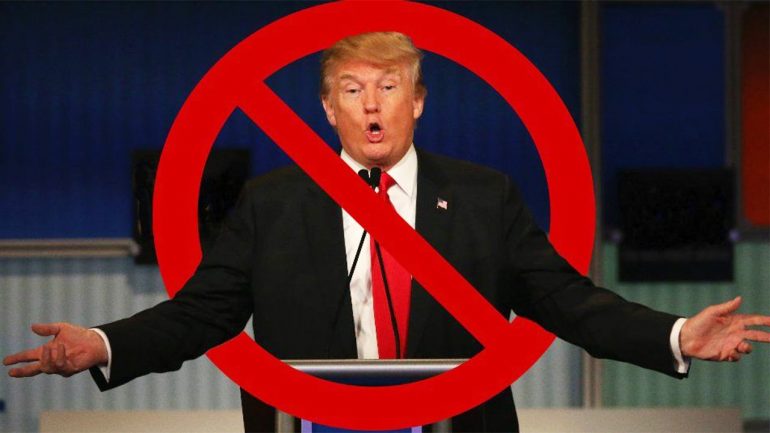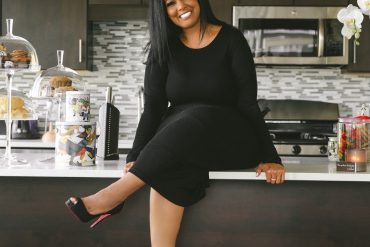Yoni Applebaum’s cover story in the March issue of The Atlantic fosters the impeachment of Donald Trump, the media complicity in his election, where Black people ought to direct their attention/activism, and finally, some lessons learned and action items.
Someone once wrote that Donald Trump doesn’t hate journalists; he uses them. Staying on script, almost like Pavlov’s dogs, the newsies did it again! In the midst of Trump’s campaign captain Paul Manafort getting more jail time; his personal lawyer, Michael Cohen, sentenced to prison; and defeats in the mid-term elections, he appears against the ropes.
Then Trump gets Pelosi-punched and he’s unable to get funding for his wall (a project Mexico was to pay for). Then almost predictably comes classic Trump trickery – he declares a national emergency based on an imaginary invasion.
This is textbook distraction. After losing a bruising battle, just create a national constitutional crisis and deflect all manner of media attention toward that illusion. Comparing Trump to Houdini and Mandrake the Magician is fun, with apologies to Mandrake and Houdini.

I am less interested in arguments that Trump is unfit for office, that he obstructed justice, he disrespects women, he violates presidential norms, his campaign was corrupt, that he is a nativist, and that he is a racist. All but an ostrich would know of his character flaws well before the 2016 election.
Holocaust survivors say, “Never Again” and Republicans borrowed this notion in dealing with Barack Obama. Perish the thought of another Black chief executive. There would be no Trump presidency were there not an Obama two-term White House.
Thus, Black voter suppression; Virginia “blackface”; Iowa’s Steve King; and the constant animus toward Blacks from Trump’s so-called “base” dedicated to dehumanizing, disrespecting, and demeaning African Americans.
While this clanking multiverse continues, there is a quiet surgical-like incision slashing Black gains through executive orders and agency policy shifts.
These are seismic moves that eliminate or alter the regulations and policies benefiting African Americans that have been achieved through decades of activism, hard work, and sometimes the loss of life of progressive people on behalf of Black advancement.
Here are some points from the Lawyers Committee for Civil Rights and the Leadership Council on Civil and Human Rights outlining some of these Black attack moves:
1. The Consumer Financial Protection Bureau wants to gut rules that protect against predatory payday loans, where Black women are the most victimized and whose communities are inundated with these loan shark outfits.
2. The Department of Education rescinded guidelines related to Title 9 and schools’ obligations regarding sexual violence and educational opportunity.
3. The Federal Communications Commission cut their Lifeline program that was dedicated to providing phone and internet service to Black and other low income people in rural and deprived areas. It also eliminated ownership opportunities for Blacks and other minorities in broadcast media.
4. The Justice Department demanded of 44 states intrusive sensitive personal data about all of their registered voters.
5. The Department of Justice (DOJ) re-directed resources toward investigations over affirmative action plans deemed to discriminate against white applicants, citing reverse discrimination.
6. The DOJ issued resolutions against fair pay and safe workplaces, which requires federal oversight.
7. The DOJ filed a statement of interest opposing a consent decree negotiated by Chicago Mayor Rahm Emanuel and Illinois Attorney General Lisa Madigan to overhaul the Chicago Police Department. (Think Laquan McDonald.)
8. The DOJ ended its agreement to monitor the Juvenile Court of Tennessee, which addressed actions against Black youth, unsafe conditions, and no due process at hearings.
9. The Department of Labor’s Office of Federal Contract Compliance was merged into the Equal Employment Opportunity Commission.
Taking the above into consideration, let’s review Yoni Appelbaum’s impeachment argument.
On its face, the hot mess that is the Trump administration has been a major setback to the hopes of African Americans, of immigrants, of all who value truth, science, and equal opportunity under the law.
But this dismal and perilous moment is also an opportunity, for we have been able to stare directly into the abyss…without as yet taking the plunge into totalitarian fascism. This moment will not, however, last. Something must be done and done quickly. But what?
One option – impeachment of Trump by the new Democratic House majority – is laid out in convincing detail by senior editor Yoni Appelbaum in his cover story for the March issue of The Atlantic magazine.
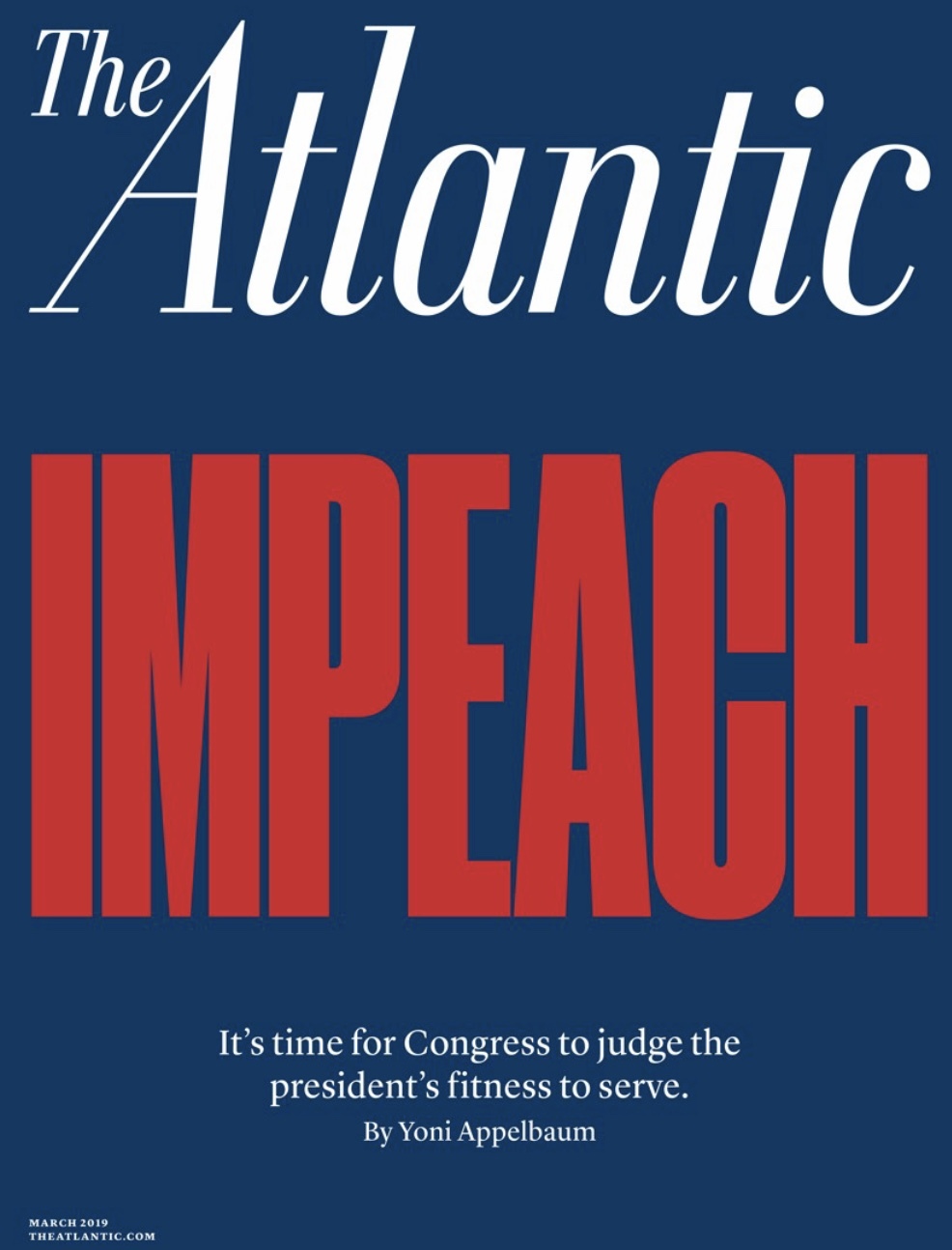
Granted, some will argue that with the next presidential election just 20 months away, impeachment proceedings would be more of a distraction than a practical tactic – or worse, an exercise in futility, what with spineless Republicans still in charge of the Senate, where impeachment charges are adjudicated.
Appelbaum, however, reminds that impeachment is a process, not an outcome. Indeed, it is the only process for removing a president outlined by the Constitution and, in this case, a process that would yield several benefits during the fraught months leading up to November 2020.
He explains that once the process begins, the president loses control of the public conversation and his devilish ability to change the subject; it paralyzes a president’s ability to advance more undemocratic elements of his agenda; it serves as a rules-based tool of public discovery and discernment; and it dampens the potential for explosive political violence.
So yes, there is a great deal of logic behind Michigan Congresswoman Rashida Tlaib’s seemingly impulsive exclamation that, “We’re gonna impeach the (mf).”
Lessons From 1868…
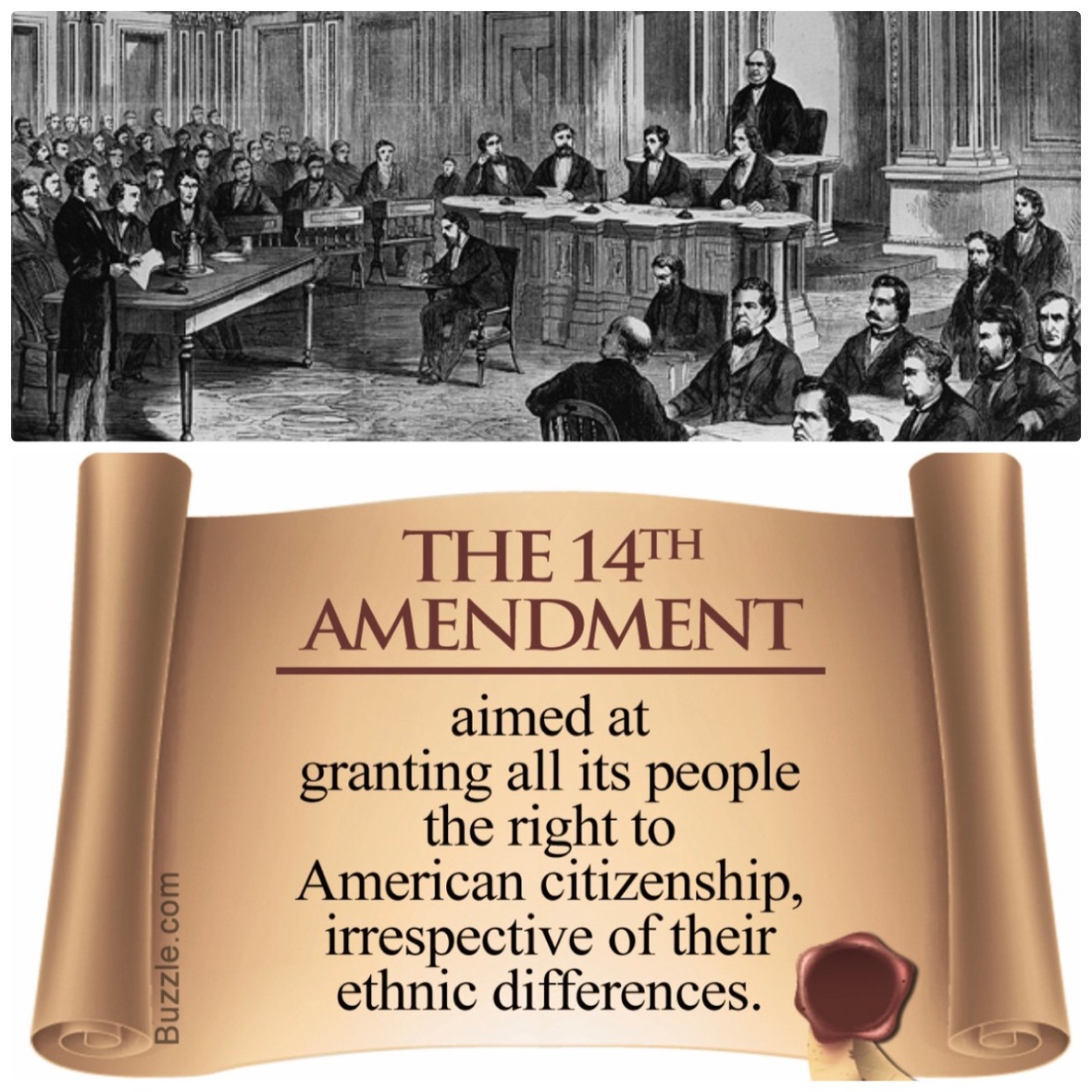
African Americans need to take Appelbaum seriously because the last time impeachment proceedings actually came close to removing a president – the 1868 Senate trial of President Andrew Johnson – the issues of racial hatred, mob violence and presidential unfitness were eerily similar to today’s situation.
No president in history more resembles the 45th than the 17th. Like Trump, Johnson was egotistical to the point of mental disease and had become both the tool of nefarious intrigues (think Russia) and the hero of maniacal sycophants (Charlottesville torch-bearers?)
Back then Congressional Republicans had approved the 14th Amendment extending the rights of citizenship to all Americans, and voted to enlarge the role of the Freedman’s Bureaus and passed the first civil rights bill.
But Johnson and his supporters found intolerable the extension of citizenship beyond the province of white men and subsequently vetoed the civil rights bill and the Freedman’s Bureau legislation.
Then and now, the question facing Congress and the public was: What to do with a president whose every utterance and act undermines the Constitution he is sworn to uphold?
The situation had grown critical in places like New Orleans, where efforts to enfranchise Black voters sparked a riot with mobs led by police, firemen, armed youths, and Confederate veterans who shot, stabbed and mutilated dozens, including Black veterans of the Union Army.
Johnson chose not to suppress the violence, using fear of disorder to build a constituency more loyal to him – the Charlottesville “very fine people on both sides” reasoning of its day.
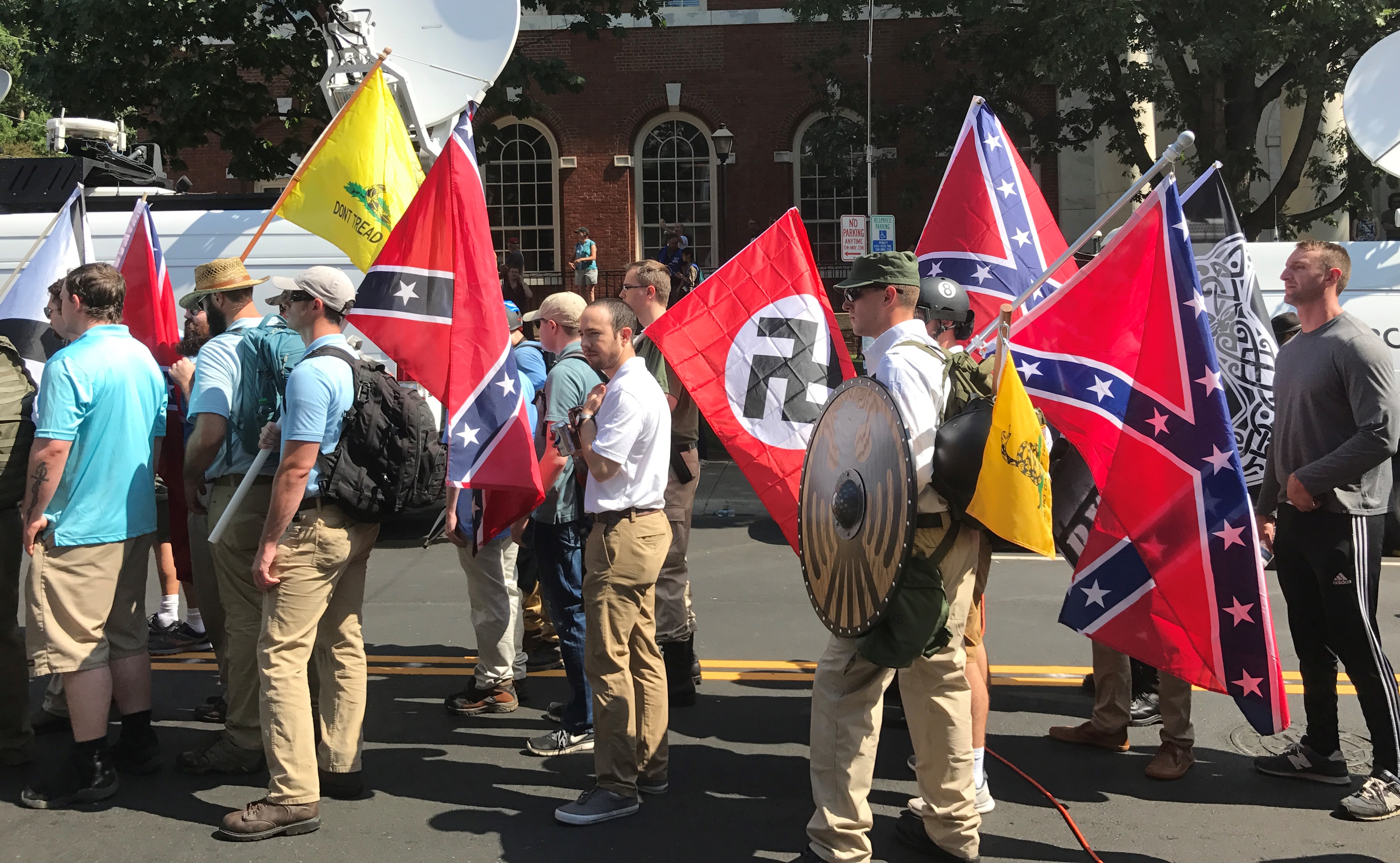
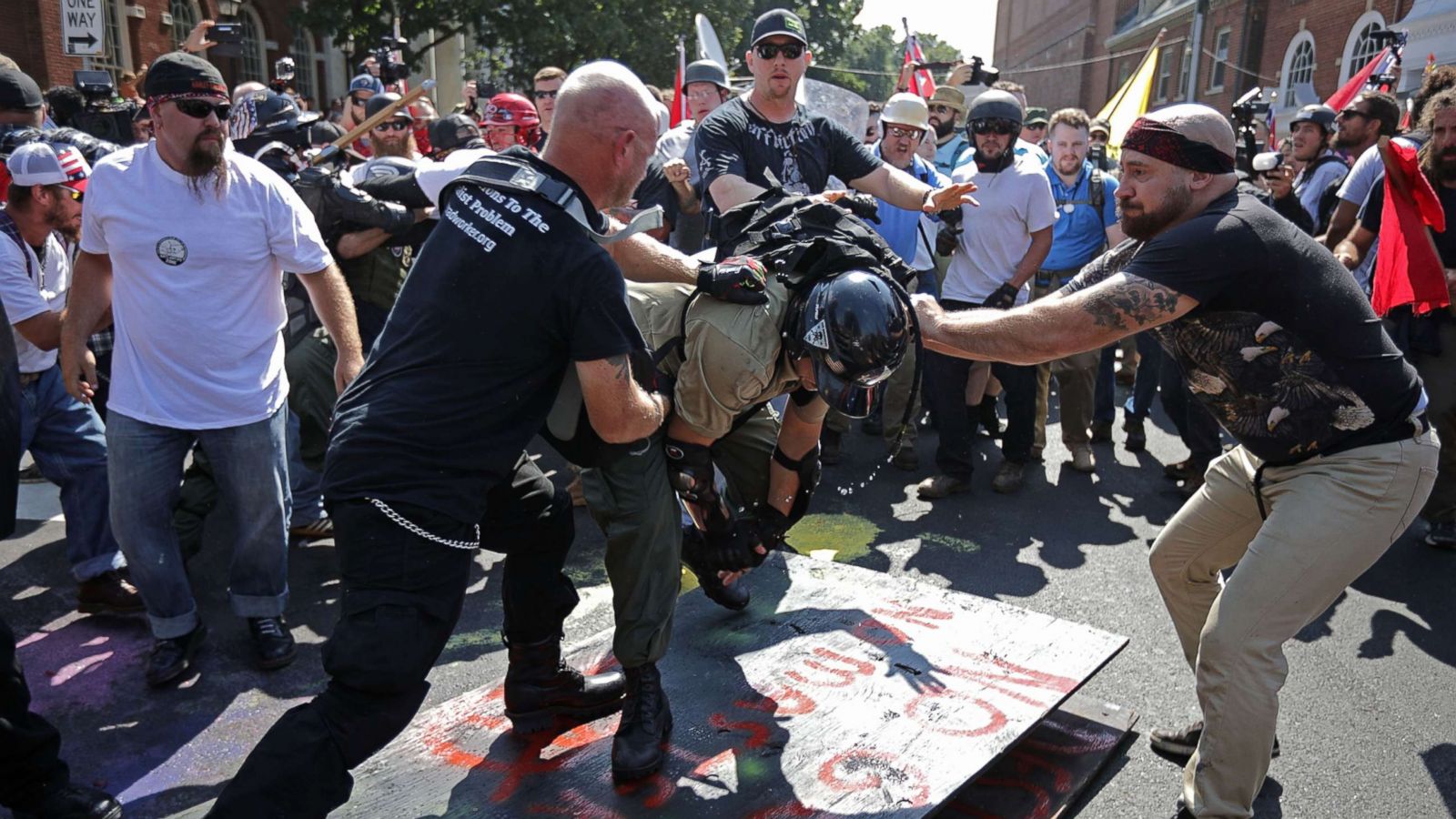
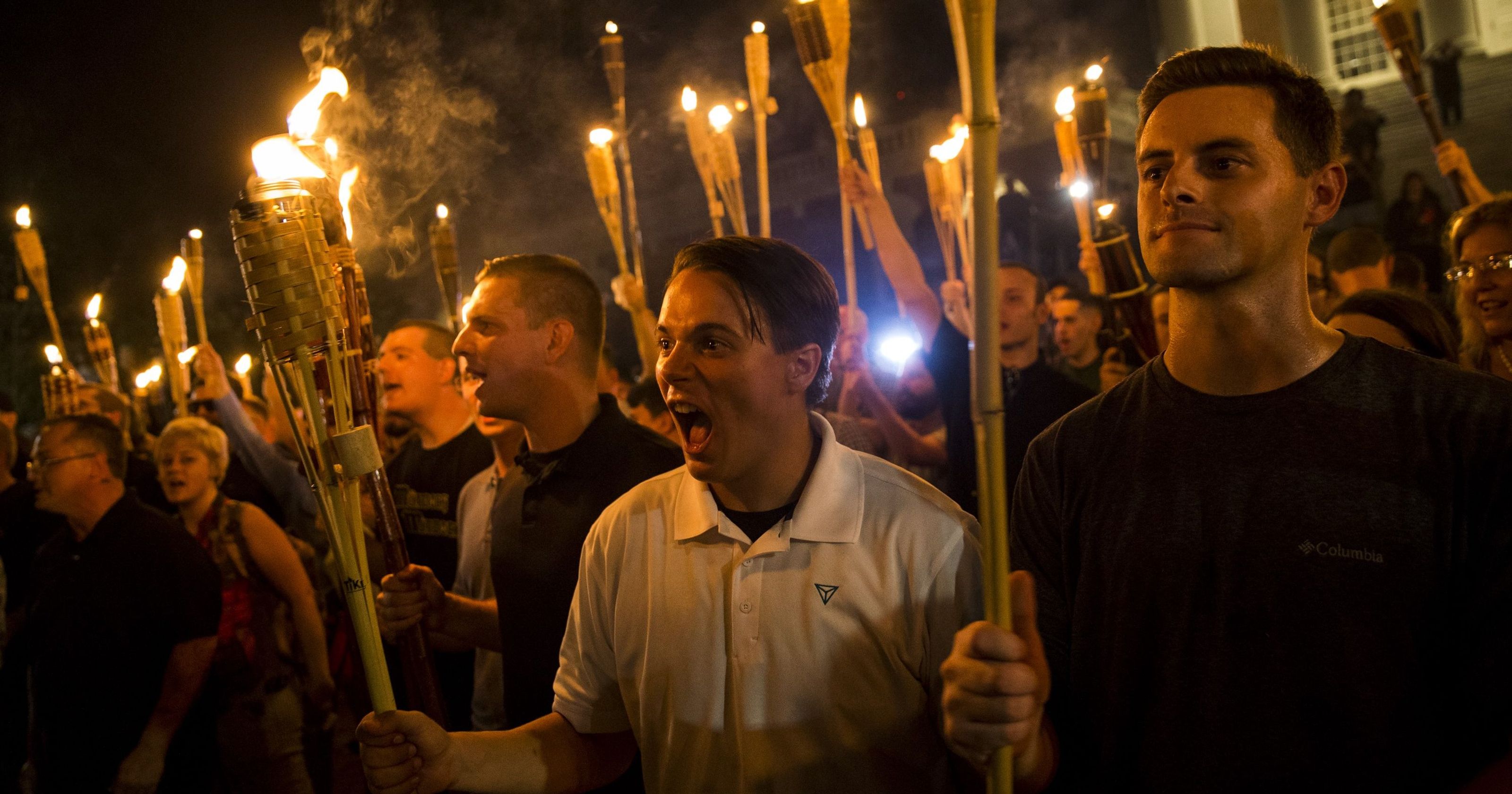
Fast forward now to white nativists in MAGA caps on torchlight parade; to brown children wrenched from mothers’ arms at the border; to Black citizens turned away from polling places due to bogus technicalities or outright ruse.
Yet we’ve also seen what works, and what doesn’t, in the struggle against a pernicious form of populism based on paranoia, resentment and hucksterism. We are woke now to the tactics of the tweet storm, of the phony narrative, of the stage-managed rallies before crowds of chanting fanatics.
Even the mainstream media, which started out covering Trump as an entertaining bonanza of higher ratings and wider circulation, has slowly come to its senses with serious fact-checking and healthy skepticism.
Beyond Impeachment
The task now is to get busy on strategies and tactics aimed at making sure the electoral disaster of 2016 is not repeated in 2020. Applebaum’s points are well taken, but in 1868, the Senate ultimately failed to convict Johnson of “high crimes and misdemeanors,” although the “process” did indeed kill his chances for re-nomination by the then-segregationist Democrats.
Ultimately it was the voters of 1868 who enabled Ulysses S. Grant to restore the party of the martyred Abe Lincoln to the presidency…and that may be the biggest lesson of all. Impeachment may prove a useful preliminary tactic, but what are we, the aggrieved, prepared to do about 2020?
Here we have good tactical examples a lot more contemporary than 1868. One is the 2017 upset defeat in Alabama of retrograde Judge Ray Moore in a special Senate election thanks to a hastily organized progressive coalition led by Black Alabama organizations, the ACLU, Lawyers Committee for Civil Rights, and Alpha Phi Alpha Fraternity and other Black Greek organizations.
By 2017, Republicans had won every U.S. Senate election over the past 25 years, a key tactic being the artful suppression of the Black vote. Moore was an alleged pedophile, but had Trump’s endorsement and was poised to win.
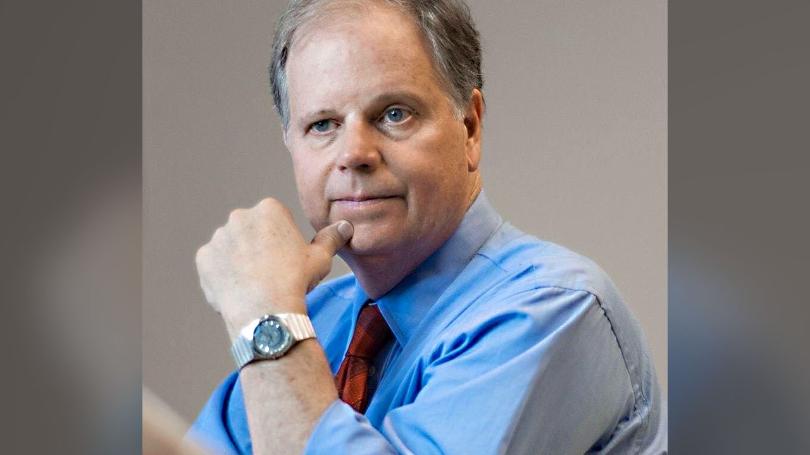
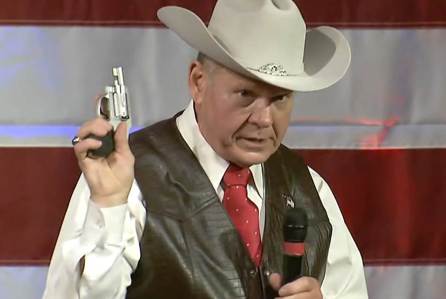
Yet, Black Alabama set a resistance effort in motion. The state NAACP, working with local churches, the National Pan-Hellenic Council (Black fraternities and sororities), the ACLU, and Planned Parenthood held a series of rallies about what was at stake.
Legal Services Alabama and the local ACLU led a “restoration program” to get ex-offenders voting rights. Taking down Roy Moore required not just TV ads, but unprecedented levels of person-to-person outreach.
According to author Carol Anderson, there were 1.3 million phone calls, 220,000 post cards, and social media videos that garnered 1.4 million Facebook hits. But more importantly, very few of the 650,000 African Americans across every county in Alabama went untouched as organizers swarmed communities and knocked on doors.
And, mind you, many were paid organizers. Not only is nothing wrong with that, but funding ground troops is a necessity. The Senate majority poured over $6 million into Alabama, much of it going to door-knockers, envelope stuffers, and drivers to shuttle isolated voters on election day to the polls. One driver remembered providing round-trips to pecan pickers so they, too, wouldn’t miss a day’s pay.
Still, Moore led 49 percent to 43 percent among likely voters just weeks before the December 12th special election. But the Democrat Doug Jones kept going to Black churches, barbecues and fish fries. He spoke about health care and jobs.
He also reminded African-American voters that he was the prosecutor who had successfully gone after the Klansmen that planted the bomb in Birmingham’s 16th Street Baptist Church that killed four little Black girls.
Meanwhile, the Lawyers Committee for Civil Rights and the National Bar Association had their attorneys on the ground to assist with information about voting rights. On election day, the voters of Alabama’s black belt counties, though weighed down by everything red state Alabama could throw at them, delivered an average 73.4 percent plurality for Doug Jones amid turnouts that averaged much higher than the state average.
The new Congress responded to Alabama’s and other states’ Black voter suppression with HR-1. See the Brennan Center for Justice for the litany of Black voter purges; the demand for exact matches between driver’s license and utility bills; Kendall County, Illinois, where erroneous information was circulated prior to voting day.

This first legislation signals a response to the attack on African-American political power and should be embraced and understood by all. Under the legislation, voter registration would be made easier. Citizens could register online or get registered automatically, via driver’s license or other government sources.
For federal elections, states would have to provide same-day registration and at least 15 days of early voting. Election Day would be a federal holiday. The bill would crack down on efforts to take voters off the rolls or prevent them from casting ballots. Felons could regain voting rights after finishing their sentences.
Federal elections would require paper ballots to prevent computer tampering. State chief election officials couldn’t get involved in federal elections. The bill would attempt to revive core anti-discrimination provisions of the Voting Rights Act of 1965 that were effectively shut down by the Supreme Court six years ago.
Some Action Items
1. Congressmen Danny Davis and Bobby Rush and Congresswoman Robin Kelly should hold Informational Hearings on HR 1 and encourage voters to get involved.
2. Strategic alliances should be established with ACLU, Brennan Center, and Lawyers Committee for Civil Rights.
3. West Side Justice Center should be supported to lead in one of the above.
4. Black fraternities and sororities should establish voter education/get out the vote teams with their chapters in Wisconsin, Michigan and Pennsylvania (Clinton lost all three states in 2016 by less than 100,000 votes combined).
One of the most serious efforts to rob African Americans of the franchise surfaces once again in the attempt to diminish the Office of Federal Contract Compliance by snatching it out of its cabinet-level position at the Department of Labor.
This merger attempt is not new. It was first attempted by the Richard Nixon administration at the behest of labor unions. In 1971, OFCC Director John Wilks encouraged Rev. C.T. Vivian and myself to go to Washington and educate elected officials on how harmful this would be to our fight for Black worker integration and Black contractor advancement.
Senator Harrison Williams of New Jersey and Birch Bayh of Indiana were responsive and the merge effort was defeated. This is a serious lesson learned.
“Fake News” Redefined

Central to what happens in 2020 will be media coverage and interpretation of what’s actually happening, not just on the various campaign trails, but back in the halls of government where high-level appointees are being replaced, policies changed, and regulations either re-written or discarded. On this score, our media, even respected mainstream media, have been an abysmal failure during Trump’s first two years in office.
Ralph MacKenzie, author of a seminal book on time management called The Time Trap cites distraction as the enemy of effectiveness. One need not be a rocket scientist to see that the media has been a critical partner in aiding Trump’s fine art of distraction. As the late blues icon Muddy Waters would say, “He’s been playing us like a $10 guitar.
As former CBS newsman Dan Rather puts it, “What we did last time was emphasize the sound and fury because Trump provided both in lavish measure. When you cover this as spectacle, what’s lost is context, perspective and depth. And when you cover this as spectacle, he’s the star.”
Frank Bruni in the New York Times calls the media “Trump’s accomplice,” but goes on to offer more mea culpas than a Latin language Catholic mass. It has been credibly reported that when Trump first declared in 2015, the number of stories about Trump in the nation’s most influential newspapers and principal newscasts significantly exceeded his support as reflected in the polls. His outlandish behavior was simply good copy and even better TV.
But what’s being covered? The smoke or the fire? Bruni admits “Trump now has an actual record in office” and journalists need “to discuss that with as much oxygen as we do his Twitter feed.”
Instead of covering Trump tweets upfront as “breaking news,“ why not cover them in the last five minutes after sports, weather and man-bites-dog? The president doesn’t hate journalists; he uses them.
But it’s Jill Lapore of The New Yorker who says it best. Sure a select few newspapers and the cable news networks are thriving because of the so-called “Trump bump” in public interest. But the coverage, like the Red vs. Blue divide in public opinion, is getting more argumentative and less fact-based.
“Sometimes what doesn’t kill you doesn’t make you stronger; it makes everyone sick,” says Lapore. “The more adversarial the press, the more loyal Trump’s followers, the more broken American public life. The more desperately the press chases readers, the more our press resembles our politics.”
The big take away here is to get out of the object posture and get into the subject position. That can only be done by becoming informed – separate the fact from fiction, realize that you cannot depend on what’s published being in your best interest; form strategic alliances, embrace lessons learned and fight like hell.
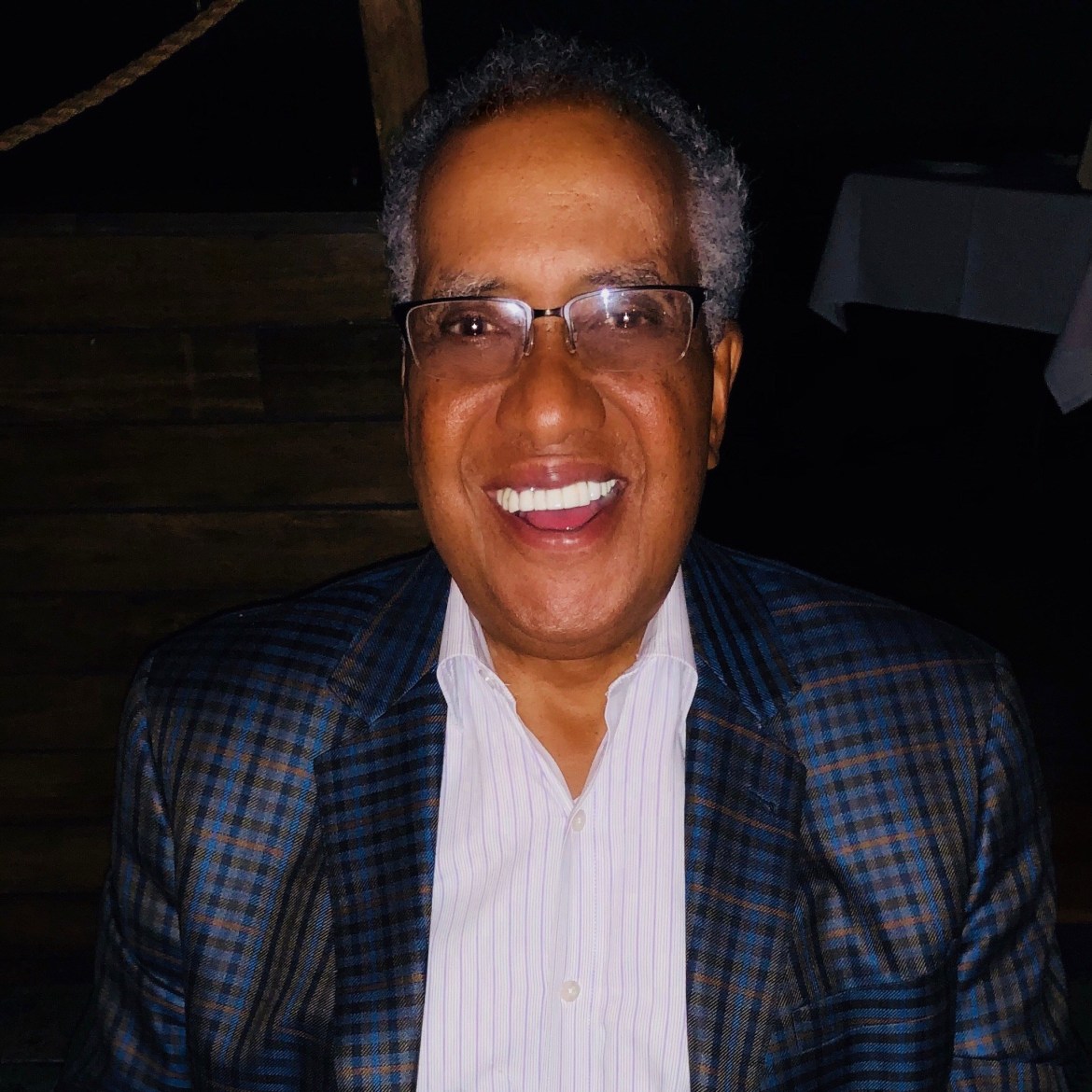
(Paul King is a construction industry consultant and member of the Business Leadership Council.)


